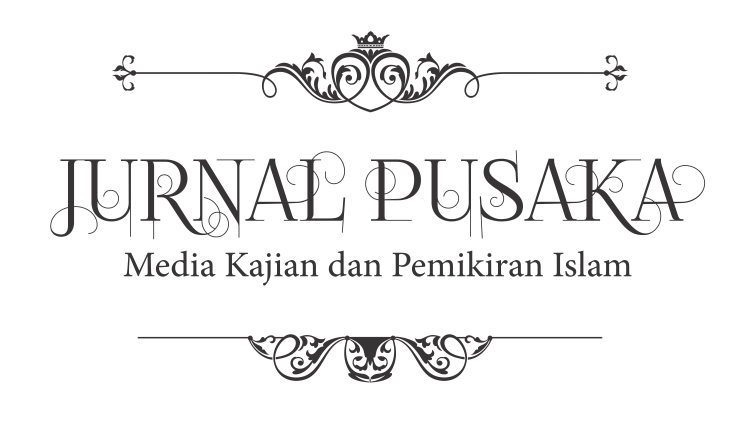Nilai-Nilai Pendidikan Agama Islam dalam Novel Hati Suhita Karya Khilma Anis
DOI:
https://doi.org/10.35897/ps.v11i2.1100Abstract
With the development of modern times like today, many learning media use literature as a source of learning, one of which is the novel. There are many Islamic novels that can be taken from Islamic values as a lesson for those who read them. The focus of this research is emphasized on the analysis of: 1) The values of Islamic religious education in the novel Hati Suhita and 2) How is the relevance of the values of Islamic religious education in the novel Hati Suhita in the world of secondary education. This research is a library research which uses a descriptive approach and content analysis. The results of this study indicate that the values of Islamic religious education contained in the novel Hati Suhita by Khilma Anis are 1) Akidah values; Oneness of Allah, believe in the qadla and qadar of Allah, obey the commands of Allah SWT. 2) Value of Worship; Seeking knowledge, performing umroh, fardlu prayers, night prayers, ziarah, getting married, memorizing the Qur'an, studying the book, obeying husbands, building household harmony, silaturrahmi. 3) Moral Values; Obedient and obedient to parents and teachers, patient, steadfast, avoiding bad morals, respecting others, maintaining honor, grateful, sincere. Thus, the data on the values of Islamic religious education in the novel are relevant to Islamic religious education material at the junior high school level.
Key words: education; Islamic values, literature; moral; novel.
Downloads
Downloads
Published
How to Cite
Issue
Section
License
Copyright (c) 2021 JURNAL PUSAKA

This work is licensed under a Creative Commons Attribution 4.0 International License.




